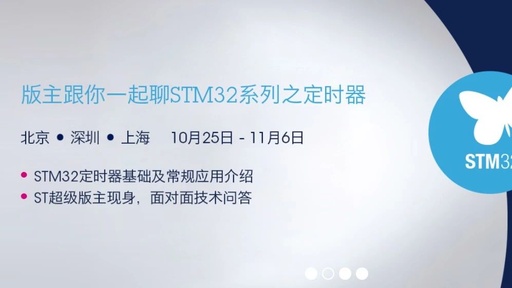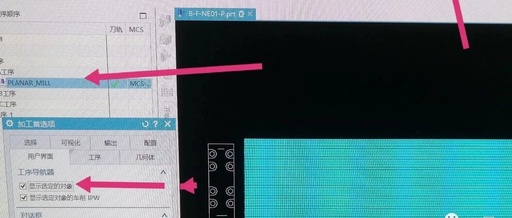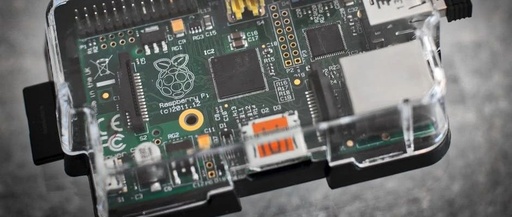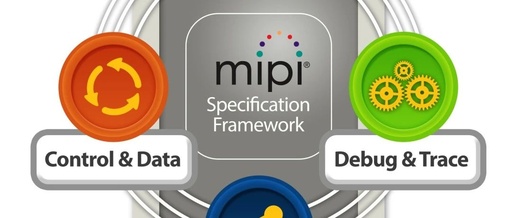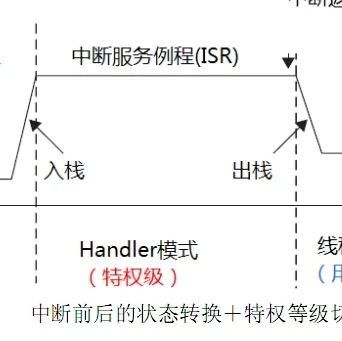Understanding STM32 Timers: A Comprehensive Training Guide
Course Introduction Introduction to STM32 Timer Basics and Common Applications The STM32 technical training proudly presents “Chatting with the Moderator about the STM32 Series” training. This training is carefully compiled by the moderator based on the most frequently asked questions in the ST MCU forum, featuring specialized technical Q&A and application case analysis. The first … Read more
